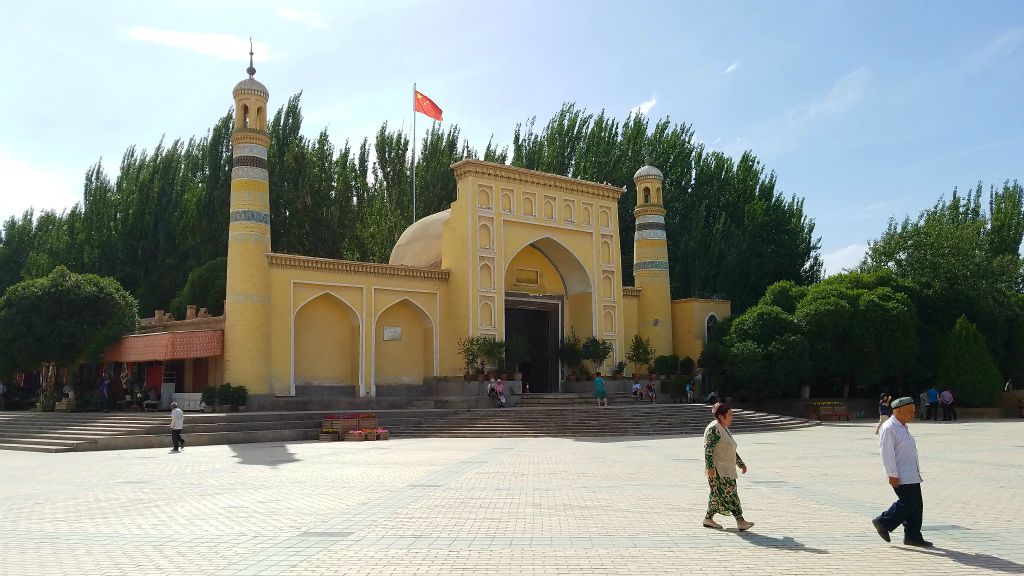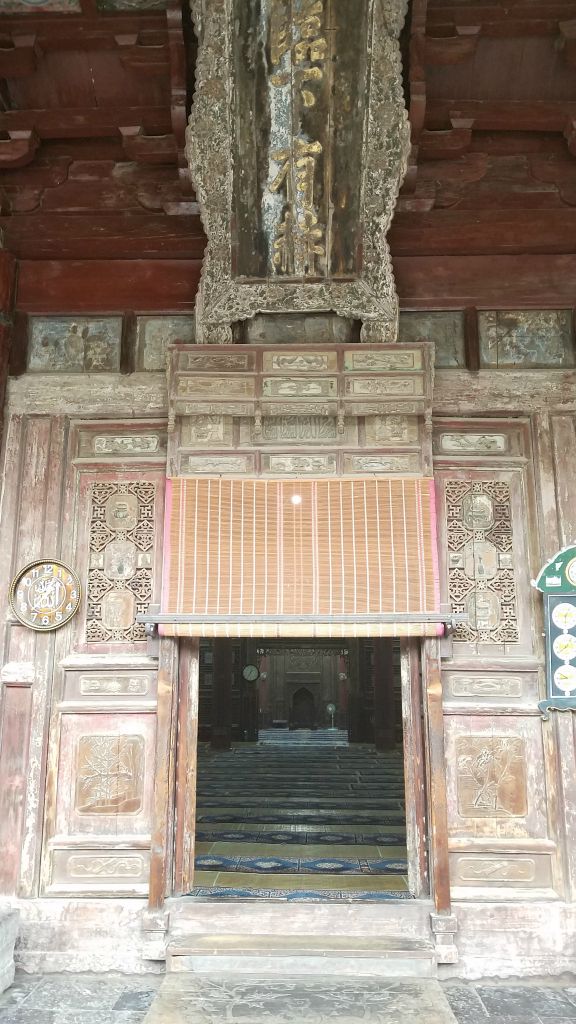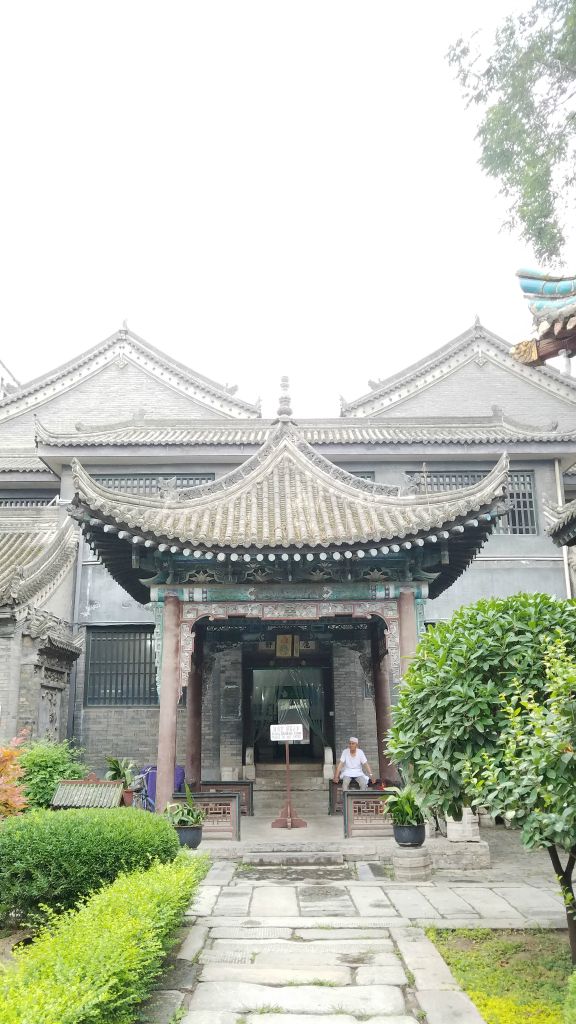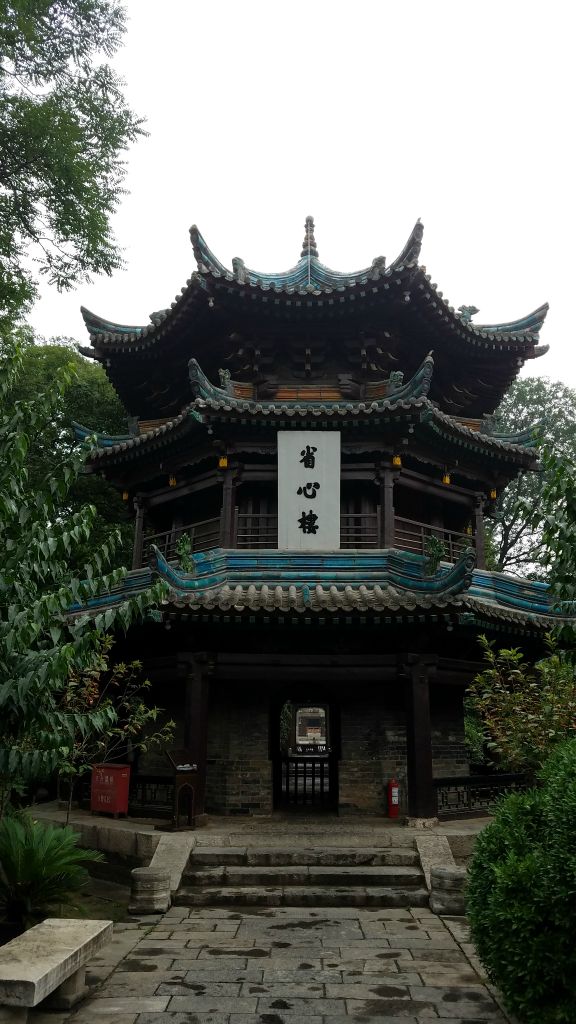In a country whose ruling party officially adopts atheism (and whose party members cannot practice religion) but whose constitution states that its citizens “enjoy freedom of religious belief”, religion is a complex and sensitive topic in China. Currently, the predominant religions in China are Buddhism, Taoism, Islam, and Christianity and before the Chinese Communist Party officially took power in 1949, the concept of “freedom of religion” was probably respected. These days, there are probably limitations to how any religion is practiced there but I won’t get into the topic because I don’t fully understand all the history and complexities myself. However, since I am about to write more about Xinjiang and the Uyghurs, I did want to touch on an important religious structure within the world of Islam.
What do you think of when someone mentions the word “mosque”?
If you’re like me, the first thing you might think of is this:


What intrigued me most about The Great Mosque of Xi’an, found in the Muslim Quarter, is how much it looks like a Chinese temple albeit adorned with Islamic art.

According to ChinaHighlights.com, “Its construction started in 742 AD, the first year of the Tianbao Era of Emperor Xuanrong’s reign in the Tang Dynasty, and additions were made during the Song (960-1279), Yuan (1271-1638), Ming (1368-1644), and Qing (1644-1911) dynasties, which makes it an ancient architectural complex representative of many periods of time.
In the Tang dynasty, Islam was introduced to China by the Arabian merchants. Many Muslims settled in China and married Han people. The Great Mosque was constructed at that time to honor the founders of Islam in China. Since then many other mosques have been erected across the county.”


I am sure there are many other unique looking mosques elsewhere in the world. For me, one of the joys of travel is to find places like this that shatters my paradigms and beliefs how something should be like.